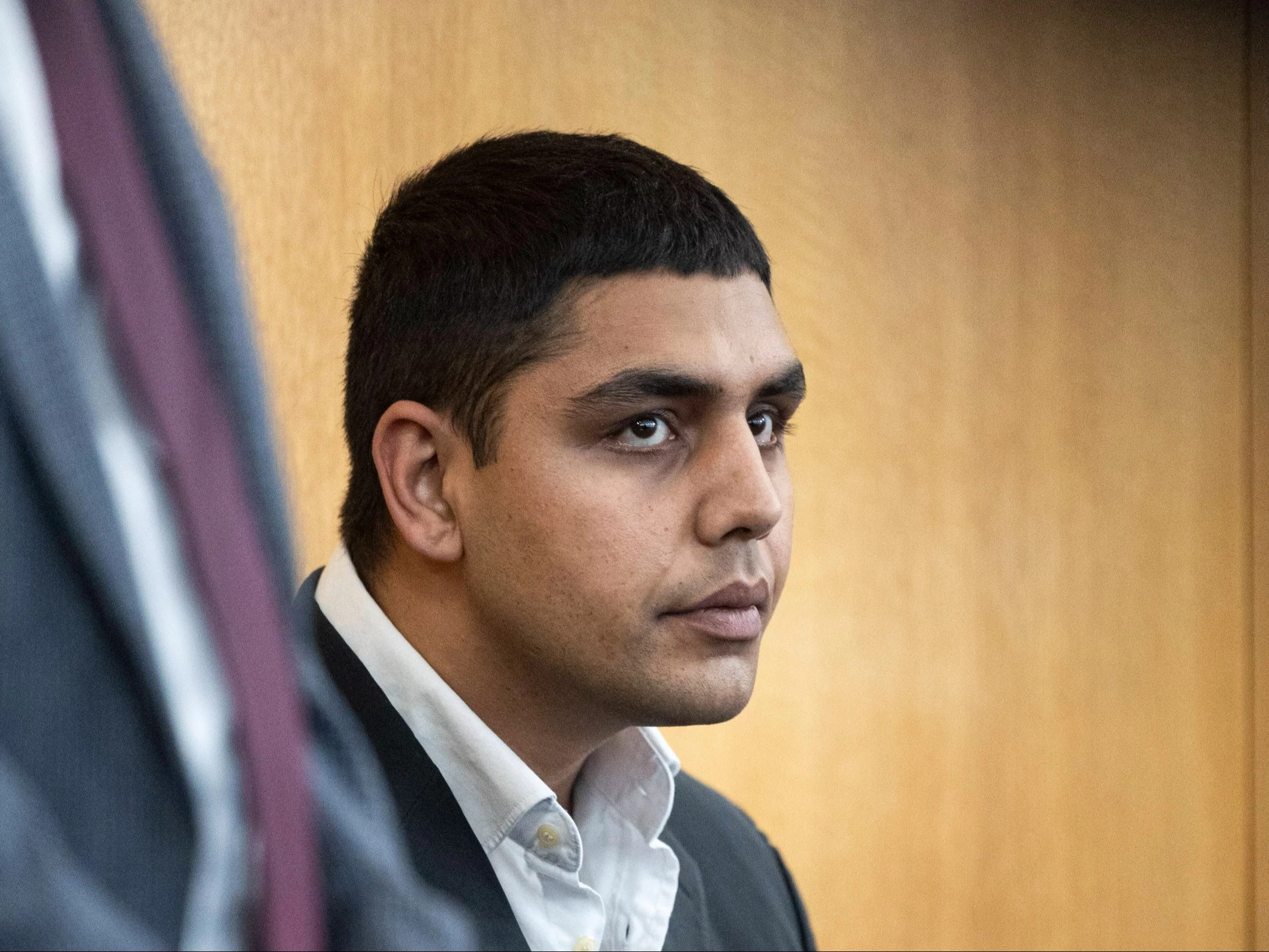Dropping deep-sea bombs, parachute jumps from the chopper deck, taking a shipwreck from the sea surface – these are only part of the tasks that crews from the Naval Aviation Brigade faced during the cyclical exercise “Kormoran”. In this year's edition, Saab 340 AEW debuted.
"Kormoran" is the most crucial test of the Navy Air Brigade. This year's edition lasted 5 days and in many respects it was unique. For the first time Saab 340 AEW took part in the exercise. – He has supervised the airspace to guarantee the designation and cover of our forces – explains Captain Mar. Marcin Kołodziejski, Mr BLMW spokesman.
Saab 340 AEW is the latest acquisition of sea aviation. Poland bought 2 specified machines. Each 1 is equipped with modern radar, which allows to detect and track objects at sea and in the air. The equipment can track the enemy's ships and ships at a distance of 370 km, aircraft at 320 km, and missiles maneuvering 200 km. Thanks to the Saabs, the Polish army gained completely fresh opportunities. Now she can gather information that she had to ask for before. Aeroplanes reached Poland in the first circular of the European Union this yearand in July, training ended their first crew. During the “Kormorana” the airmen could test your skills in practice.
But that's not the end of the news. – For the first time all episodes of exercise were observed by Bayraktara of the 12 Unmanned Air Ship Bases. The painting went straight to the command post in Gdynia. As a result, staff members gained preview of the exercise and were able to analyse individual episodes on an ongoing basis. As a result, we know which tasks have been well done and which request to be corrected – notes Captain Mar. Kołodziejski.
And during “Kormorana” there was a lot going on in the space on the Baltic. respective types of aircraft rose into the air, which are stationed regular in Gdynia and Darłów. Among them he was Rescue chopper W-3WARM. – We have been given the task of taking on a sailor who fell overboard the destroyer mines ORP ‘Mew’ – reports Lieutenant Artur Kasprzak, the second chopper pilot during the maneuvers. In this kind of task, the challenge is to track the survivor himself. From above it resembles a tiny point which is easy overlooked in the grey-green space of the sea. What's worse, there's truly not much time to take it. In cool water, even a man dressed in a peculiar protective suit rapidly loses heat. Fortunately, the survivor was able to find here in time. – After reaching the place, the chopper stood in a sling and the lifeguard came down to the victim. A basket was left behind. Eventually, the survivor was taken on board, explains Lieutenant Commander Kasprzak. For crews W-3WARM is simply a standard procedure. Helicopters regularly execute round-the-clock duty, and if an accident occurs in the assigned Baltic region of Poland, crews enter the operation. In the past, they have repeatedly taken victims from the sea or from boats to ferries. – Paradoxically, it is harder to hang over water. In the case of a ship or a ship, we can always choose an indicative point on board and correct our position for it, says the pilot. Regardless of real actions, akin activities frequently exercise – at least erstwhile a month. During the “Kormorana” taking the survivor went smoothly. - We had good weather. possibly it was peaceful, the sun was shining – admits Mr Casprzak. But that is not always the case.
He besides took part in the exercises On-board chopper SH-2G. Machines of this kind work closely with frigates like Oliver Hazard Perry. They point to targets outside the horizon, search for submarines together, and can fight them with MU-90 torpedoes. This time, however, the SH-2G crew worked with a much smaller unit – 1 of the 3 Fleet Ships. “We have been practicing shooting with the PK 7.62 mm on-board rifle, and the mark for us was drawn by the tow truck shield,” said Lieutenant Krzysztof Rak, a navigator in the SH-2G crew who operated the weapon. The fire led from respective twelve to respective 100 meters, in 2 variants – sometimes the chopper was in a hangar, another time it remained in motion. “We practice shooting as frequently as possible”, said the officer. – The specified admission to shooting tasks requires a process of respective stages. First the navigator operates a firearm set on land, then fires from the chopper deck, but inactive at the ground range. This component is usually implemented in the hotel in Nadarzyce. Only after this phase can he shoot at sea – he calculates. The PK 7.62 mm firearm can be utilized to fight the crews of fast motor boats or tiny enemy ships.
In the meantime, another machines besides performed their tasks during the “Kormorana”. For example, they went up Mi-14PŁ helicopters designed to search and combat submarines. Their crews carried out bombings with drill deep-sea bombs. There was besides a Mi-2 chopper over the Baltic, from which paratroopers trained.
Although the main trainer was the BLMW, a number of another units were active in the “Kormorana” – from both Polish fleets to the 7th Pomeranian Territorial Defence Brigade. For us it was surely a very useful test – concludes Captain Mar. Kołodziejski.












